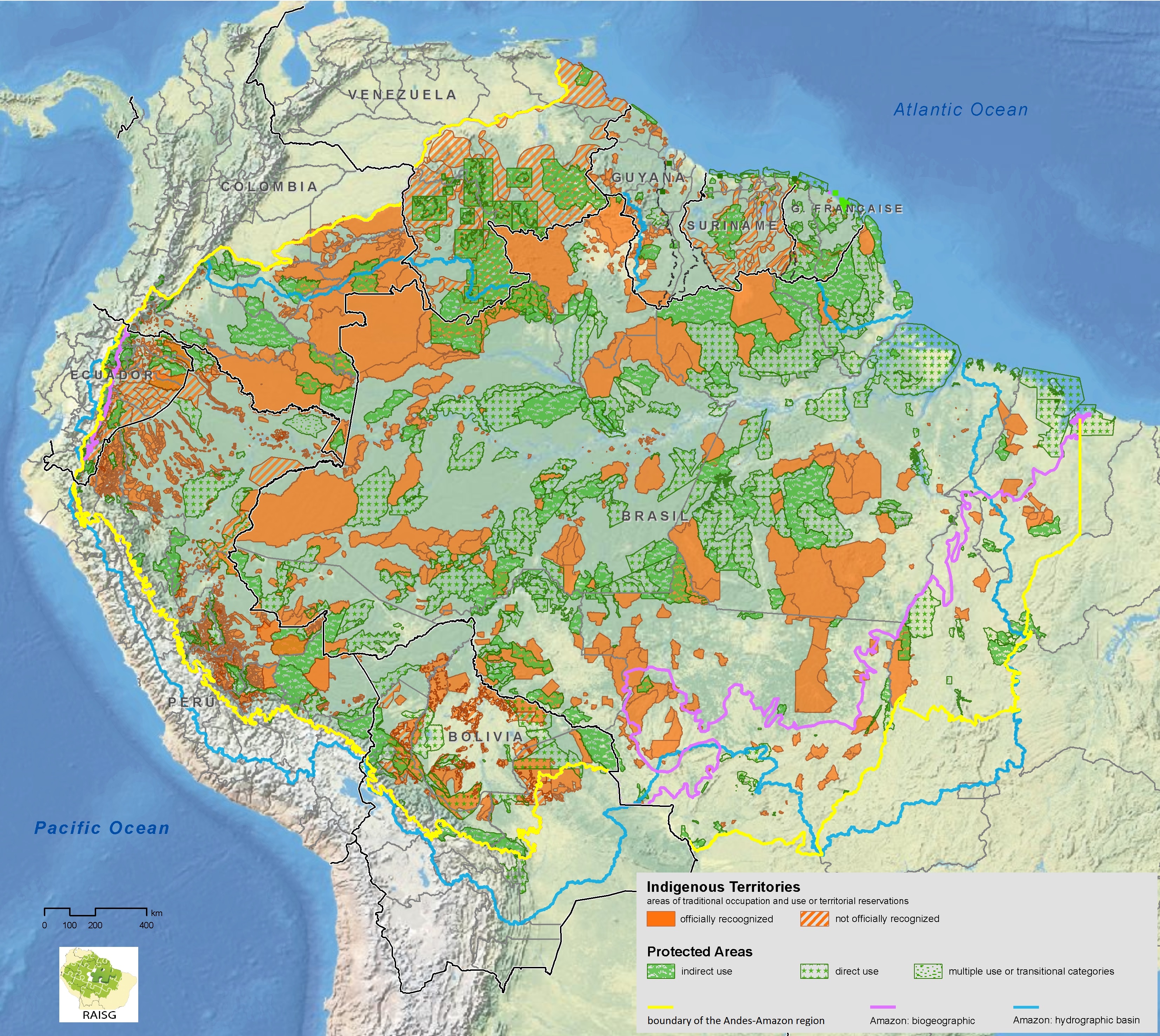I think I ended up expressing myself badly, the coordinates I drew were based on the map width at the poles and the equator from the QBAM centerline knowing that it is ~ 10.44 degrees east of Greenwich, so much so that afterwards having finished making the longitudes I drew the greenwich line in red beside the 10th west meridian; These coordinates are meant to be used specifically in QBAM with the prime meridian being in Oslo, I think I have some blame for the confusion for not indicating this so well in the coordinates.
As for the maps I used above, they are just a quick reference to show that both St. Lawrence and Fiji are not located where supposedly the International Date Line (aka 180 ° in relation to Greenwich, 170.56 ° east in relation to Oslo) passes the coordinates I drew. In those prints by Fiji and Chukotka the red line is the International Date Line meridian.
As for the possibility that the map edges have been artificially sharpened that I mentioned is because of the space in the Bering Strait, I morphed both Chukotka and Alaska as they were in the center of the map to get a better view of that space.


EDIT After seeing Drex's post: The coordinates still fit the map the same way, there is only the question of the height of the map not matching the latitudes, this I had commented when I had posted the coordinates two previous pages
As for the maps I used above, they are just a quick reference to show that both St. Lawrence and Fiji are not located where supposedly the International Date Line (aka 180 ° in relation to Greenwich, 170.56 ° east in relation to Oslo) passes the coordinates I drew. In those prints by Fiji and Chukotka the red line is the International Date Line meridian.
As for the possibility that the map edges have been artificially sharpened that I mentioned is because of the space in the Bering Strait, I morphed both Chukotka and Alaska as they were in the center of the map to get a better view of that space.
EDIT After seeing Drex's post: The coordinates still fit the map the same way, there is only the question of the height of the map not matching the latitudes, this I had commented when I had posted the coordinates two previous pages




